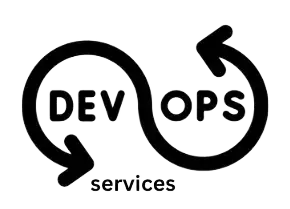Outsourcing - The Price, Outsourcing Contract Payment
Outsourcing - The Price, Outsourcing Contract Payment
Outsourcing- The Price
Introduction
In this article we will examine the different options to
structure the payment for an outsourcing contract. Unit
pricing, fixed/ variable pricing, cost plus profit,
performance-based pay, profit/risk sharing and bundling are
the most common approaches. The choice of the supplier as
well as the pricing model depends on the business objectives
of the buyer company.
Pay per Unit
In this method the vendor offers a unit-based set rate
and the client company pays depending on the amount of
usage. An example would be maintenance services, where the
client pays for the number of units that avail the
maintenance service.
Fixed Charges
As the name suggests, the client company pays a fixed
rate under all circumstances. This looks like (and sometimes
really works too) a viable option for many customers, as
this way they can predict the costs. However this may not
work well as the long term option, as you don’t get to avail
lower costs when the market prices go down. Fixed rates
again may not suit the vendor company very well, as they
have to sometimes meet ever-increasing requirements for a
fixed price.
Variable Charges
Here the customer pays a fixed basic rate, but there is
also the provision for extra payment for higher/ additional
services.
Cost plus Profit
In this case the client company pays the service provider
the actual costs and a fixed percentage enabling the service
provider to make a profit. This scheme has little
flexibility to accommodate changing technologies or business
objectives. Moreover, the service provider/ supplier has
little incentive to enhance their performance.
Performance based Pay
This is exactly the opposite of the previous option. The
client gives incentives to the vendor for optimal
performance. However the vendor often has to pay a penalty
when the service levels are unsatisfactory to the client. A
tricky proposition indeed, yet this is gaining popularity
among outsourcing clients who have experienced poor levels
of services previously.
Profit-Risk Sharing
The customer and vendor act like partners here. Both have
their money at risk (though it may not be to equal extent).
Each of them also have the opportunity to make profits if
the vendor performs well and meets the objectives of the
business.
Bundling
This term is often applicable for IT services. The buyer
pays a fixed price for two or more IT services or products
bundled together. This is generally not a good option for
the buyer. For instance, if you pay a fixed amount for a
product bundled with certain services, you have to buy those
services every time you buy the product, regardless of your
need for it. Also it is difficult to distinguish how much
you are paying for what or compare it with market rates.
Ideally, you should be getting an itemized bill- the
vendor is more accountable this way. Further, it is easy for
the buyer to direct the usage fee to the different user
departments.
We request you to call us at +91 9313063554 or email us at [email protected] for you software development needs.







